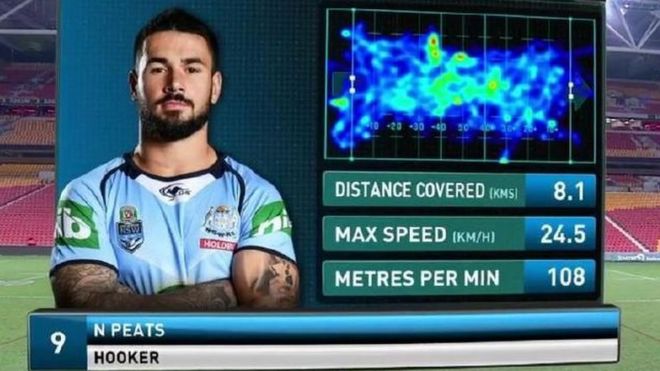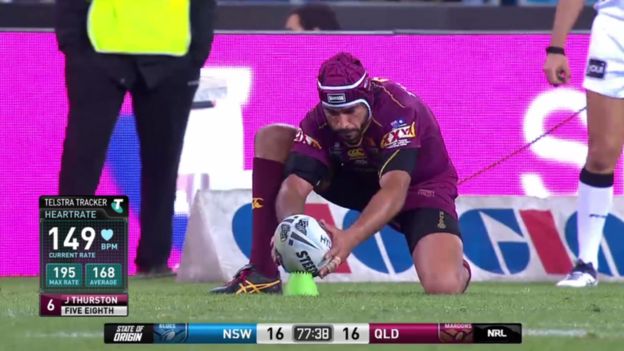Will live streaming of player data improve sport for fans?
Will live streaming of player data improve sport for fans?
 NRL
NRL NRL
NRL TOUR DE FRANCE/DIMENSION DATA
TOUR DE FRANCE/DIMENSION DATA ALL SPORT/GETT IMAGES
ALL SPORT/GETT IMAGES Image copyrightNRL
Image copyrightNRL Image copyrightNRL
Image copyrightNRL Image copyrightTOUR DE FRANCE/DIMENSION DATA
Image copyrightTOUR DE FRANCE/DIMENSION DATA Image copyrightALL SPORT/GETT IMAGES
Image copyrightALL SPORT/GETT IMAGES
Post a Comment